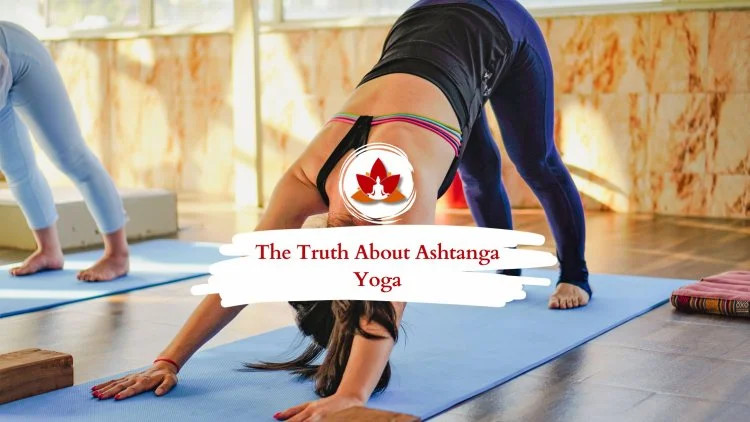Ashtanga Yoga
Published •
Introduction to Ashtanga Yoga
Ashtanga Yoga is a dynamic and structured style of yoga that combines breath, movement, and discipline to create a meditative yet physically challenging practice. Rooted in ancient Indian traditions, it was popularized by the late Sri K. Pattabhi Jois, who emphasized the importance of practicing a set sequence of postures in a specific order.

Unlike other yoga styles where the sequence may change daily, Ashtanga Yoga follows a fixed series, allowing practitioners to develop strength, flexibility, and inner focus over time. This method is deeply rooted in the philosophy of the eight limbs of yoga described by Sage Patanjali, making it both a physical and spiritual journey.
The Eight Limbs Philosophy in Ashtanga Yoga
One of the most distinctive aspects of Ashtanga Yoga is its connection to the eight limbs of yoga — Yama (moral discipline), Niyama (self-discipline), Asana (postures), Pranayama (breath control), Pratyahara (sense withdrawal), Dharana (concentration), Dhyana (meditation), and Samadhi (absorption or enlightenment).
These principles serve as the philosophical foundation of the practice, guiding yogis toward a balanced and mindful lifestyle. By integrating these limbs into daily life, Ashtanga Yoga becomes more than just an exercise routine; it transforms into a path of personal growth and self-realization.
Physical and Mental Benefits of Ashtanga Yoga
Regular practice of Ashtanga Yoga offers a multitude of benefits for both the body and the mind. Physically, it enhances flexibility, strengthens muscles, improves posture, and boosts cardiovascular endurance due to its dynamic flow. Mentally, Ashtanga Yoga cultivates discipline, focus, and resilience.
The synchronization of breath and movement helps reduce stress and anxiety while promoting a meditative state of awareness. Over time, practitioners notice increased energy levels, better emotional balance, and a deeper sense of inner peace.
Ashtanga Yoga Practice and Structure
The traditional Ashtanga Yoga method consists of six series: Primary, Intermediate, and four Advanced series. The Primary Series focuses on detoxifying the body and building foundational strength, while the Intermediate Series works on purification of the nervous system. The Advanced series challenge even the most experienced practitioners, requiring exceptional strength, flexibility, and dedication.
Each session begins with Sun Salutations, followed by standing, seated, and finishing postures, and concludes with deep relaxation. Practicing Ashtanga Yoga six days a week in a "Mysore style" self-led format is the traditional approach, allowing practitioners to progress at their own pace.
Conclusion: The Journey of Ashtanga Yoga
Ashtanga Yoga is more than a physical workout — it is a lifelong journey toward self-discovery, discipline, and inner harmony. Whether you are a beginner seeking a structured and challenging practice or an experienced yogi aiming for spiritual depth, Ashtanga Yoga provides a clear and holistic path.
By committing to regular practice and embracing its philosophy, you can experience profound transformations in both your physical well-being and mental clarity, ultimately aligning your body, breath, and mind in perfect harmony.
Locations